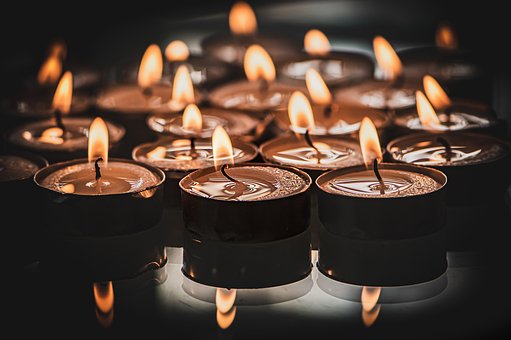A study by the Oxford Internet Institute estimates that by 2050 there may be more Facebook accounts belonging to deceased people than to living people. An edifying digital cemetery which translates – in addition to the fact that young people shun Facebook – that digital technology can be a solution to better accept the departure of a loved one. Digitized ghosts, abandoned profiles, interposed burials, this new question of mourning via digital now seems more and more legitimate.
Facebook, new digital cemetery
It is not uncommon to see our Facebook friends or our digital connections pay multiple tributes to family members or deceased loved ones, via long posts or memories on social networks.. A need for social ties in a digital context which proves how social platforms become a bias to better accept the departure of a loved one. “These are new spaces that the living invest in on a daily basis, and there is therefore no reason why they should not be invested in upon death. Living people will communicate with each other, but also address the deceased, leaving him likes, testimonies, music or photos“, says Martin Julier-Costes, socio-anthropologist.
For her part, the clinical psychologist, specialist in attachment, Marie Danet explains that the digital “keeps the person alive” and “participate in the process of mourning“. Like a tomb or a mausoleum in a cemetery, these new digital platforms bring people together to pay a collective tribute to the person. The people “will commune in the same place and support each other. It becomes the place of commemoration where we can gather“, details the psychologist.
Digital mourning, an Eldorado for companies
Digital issues are increasing with the advent of new technologies. In this context, large American companies such as the Meta group – owner of Facebook – and other Gafam have taken up the subject of digital mourning. The objective: surf on this wave of fantasy around the immortality present in our society by trying to create virtual tools.
“The big companies working on this issue of metaverses are trying to create avatars that will correspond to deceased people so that loved ones continue to interact with these people.“, analyzes Marie Danet. However, tools already exist today. “Artificial intelligence retrieves data from different sources, such as text exchanges, or other exchanges that took place on social networks so as to be able to use words that could have been used by the deceased person.explains the clinical psychologist.
“The dead are part of our lives“
Nothing unhealthy if used wisely. Socio-anthropologist Martin Julier-Costes assures us that it is part of our conditions as human beings to want to communicate with the dead, whether in prayer, but also without realizing it, in our daily lives. “The dead are part of our lives. There are a plethora of television series that show us the living who are connected with the dead. It is also the same in reality. We’re going to go back to school as our parents would have liked, to play music again, to be more studious. We take on the characters of our parents, we name ourselves like our grandparents, etc..”, states the specialist in mourning in the digital age.
However, while it may be difficult to receive notifications from a deceased person’s account, Brussels has called on large companies to take measures to facilitate the recovery and then the deactivation of a deceased person. In principle, now, in just a few clicks, each user during his lifetime can appoint a legatee to decide the future of his account.
Digital mourning: with social networks, “the dead are part of our lives” | RCF

